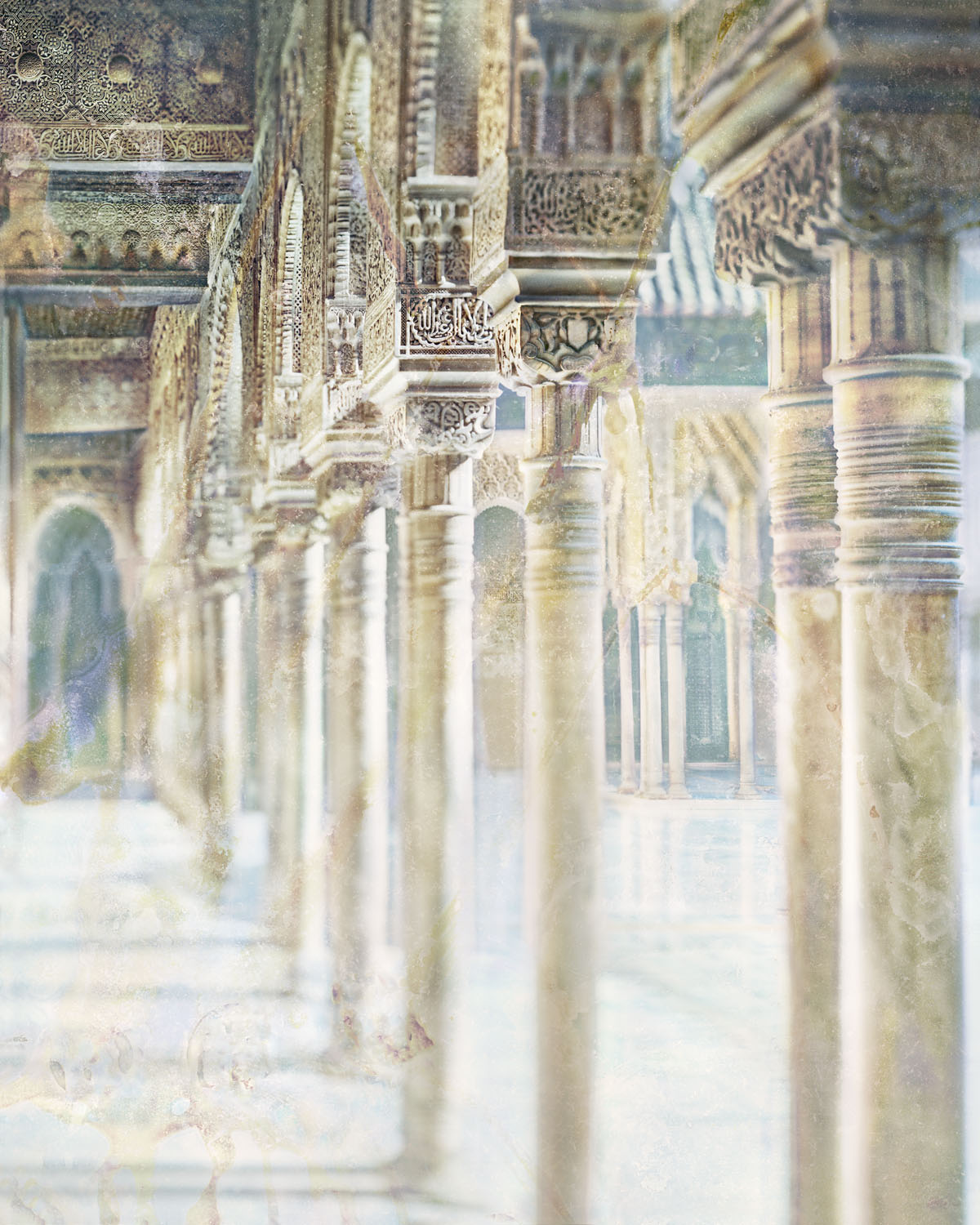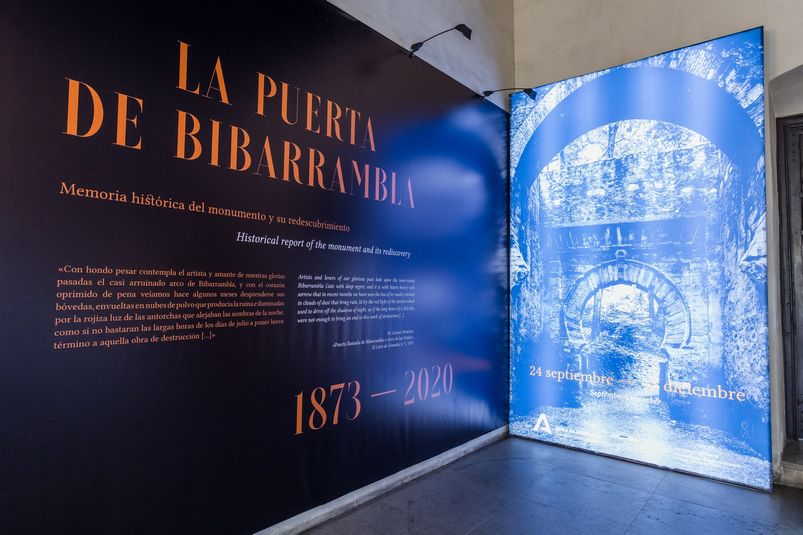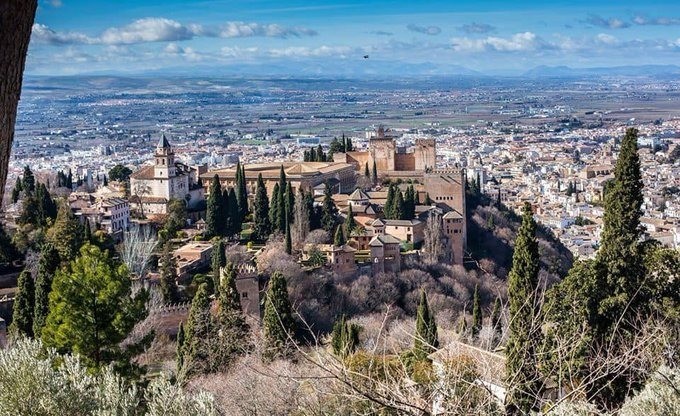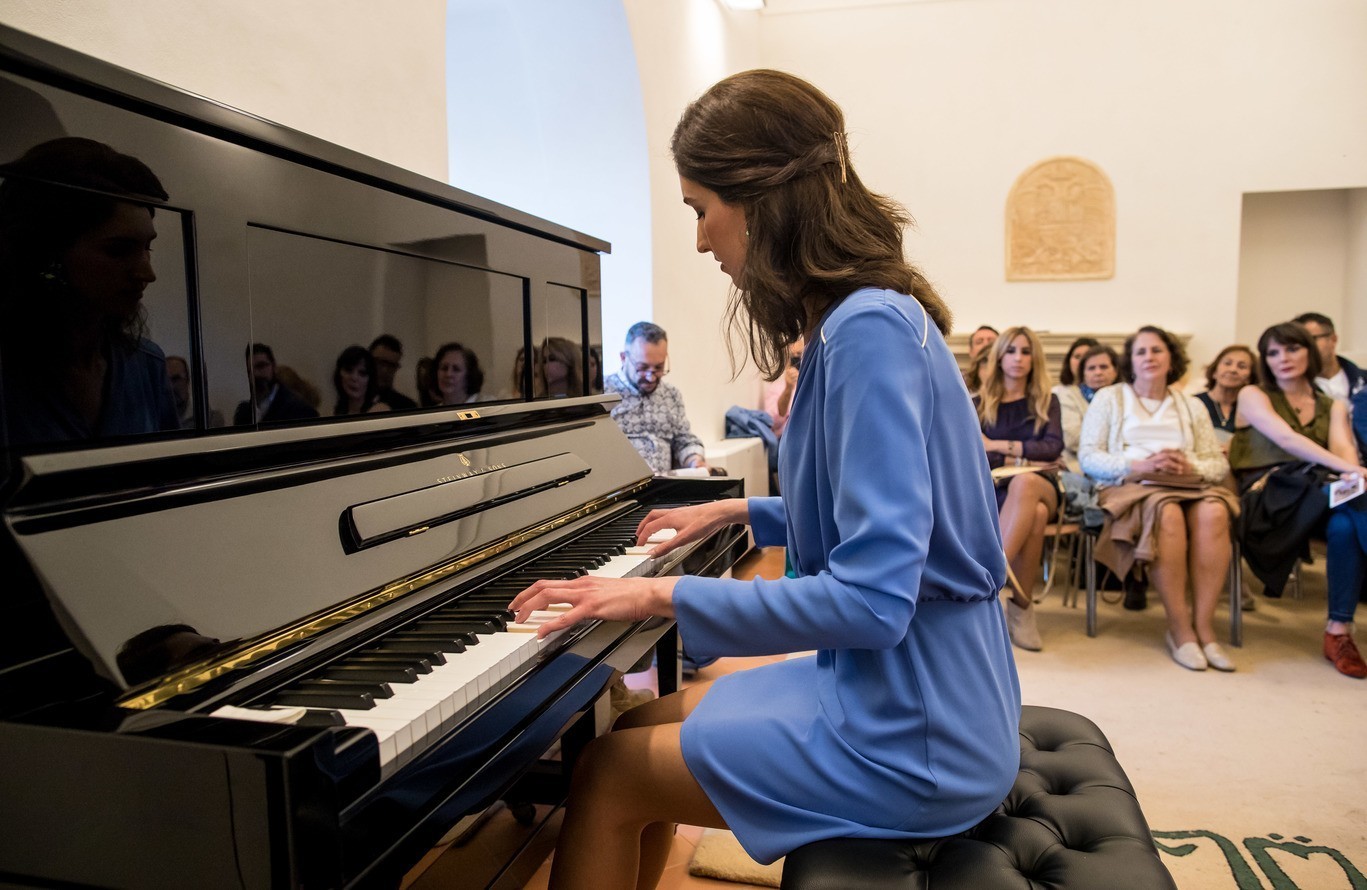The Alhambra at the time of the Capitulations
The signing of the Capitulations (Surrender Agreement) in 1491 proved to be the definitive step by which the Alhambra fell into the hands of King Ferdinand of Aragon and Queen Isabella of Castile, becoming an undeniable symbol of the Christian victory and marking the beginning of a multitude of architectural and organizational changes.
A palace-city with a different lay-out to the one we see today in which many palaces, houses and workshops for a range of trades and crafts have gradually disappeared. Some crumbled into ruins with the passage of time; others have been changed or adapted and now look different or are used for different purposes, while others have been abandoned. Even the roads and pathways followed different routes from those we see today, at least in part.
It is difficult to be sure what state the Alhambra was in at that time. A lot of research has still to be done, something about which almost all Arabic specialists, historians, archaeologists and architects agree. We can be sure that some of the information presented in this work on the Nasrid Alhambra could be improved, corrected or at least complemented. In fact as research advances, this will almost certainly happen, something that will surely benefit this marvellous palace city.
At the time of the Capitulation the Alhambra was not only the Alcazaba, the Mexuar, the Palace of Comares and the Palace of the Lions. They were not even connected the way they are today, although they look much as the original must have done and continue to seduce those who come to visit. There were other buildings of which today only archaeological relics survive, which deserve to be restored according to the information that we have and explained to visitors. For example, the palaces of the Abencerrajes, of Y?suf III; the palace that is now the Parador Hotel; the Mosque and various dwellings, some of which are the size of small palaces which are clearly identified.
Many of the pieces that once belonged to these palaces and buildings are now on display at the Museum of the Alhambra. They are witnesses of a time and a part of our history in which they played an active role.
- Time: 2nd and 3rd Sundays, 12th and 19th March, at 12.00
- Place: Museum of the Alhambra, Palace of Charles V

La Alhambra, a look from Fernando Manso
MORE INFORMATION
WASHINGTON IRVING AND THE ALHAMBRA
MORE INFORMATION
THE GATE OF BIBARRAMBLA. Historical report of the monument and its rediscovery
MORE INFORMATIONTHE EMPEROR´S CHAMBERS
MORE INFORMATION
The Council of Alhambra and Generalife will refund automatically the full amount of the bookings
MORE INFORMATION





 Contact
Contact















